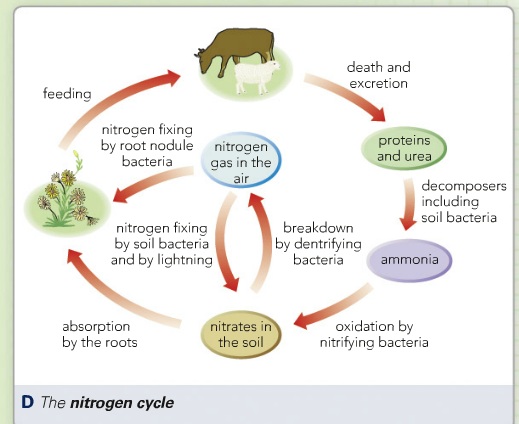With the pandemic outbreak there will be a lot of dead bodies. In Black Plague pandemic of the 14th Century, huge plague pits were dug and the bodies leached into watercourses where the bacterium killed more people.
This is where we get the 6 feet down phrase from, because burying someone 6 feet in a hole makes sure their body doesn’t compromise the water table.
Unfortunately, Victorian Britain was running out of places to bury bodies so in 1869, two professors named Coletti and Castiglioni wrote a paper on cremation. There was a lot of discussion around 1874 about cremation replacing burial and the subsequent creation of the Cremation Society. In 1884, a Welsh neo-druid priest William Price attempted to cremate his son in a barrel. He was arrested and said that it was not legal to cremate someone, but it was also not illegal. This is where the cremation society gained popularity.

Problems with burial
The nitrogen cycle is the process whereby an animal dies naturally and is broken down by bacteria into nitrates in the soil, and then those nitrates are absorbed by roots of plants and trees to provide food for other animals.
Prior to the Black Plague in the 14th Century, when we died, we were buried close to the surface, so bacteria would break our bodies down and we would become food for plants. However, by burying bodies deeper in the ground, we are no longer part of the nitrogen cycle.
I worked in a cemetery and when working with the grave digger when preparing a plot for a burial, the body in the plot next to it broke through, and the smell was dreadful. We can’t break down naturally that deep.
Dangers of cremation
While there are huge benefits from switching from burial to cremation, there are a number of dangers, especially now we are an obese nation.
The first problem is implants, we have more implants such as fillings and prosthetic limbs in our bodies. Perhaps that artificial hip or knee joint, etc. These get incinerated and add to the toxins that leave the chimney.
Another problem is that our bodies contain a lot of fats which leach out in the cremation process, and these waste products are difficult and hazardous to dispose of. Although some councils are now burning the fats to create heating.
The last and possibly biggest problem is our sheer size. We are getting larger and the cremation service are finding it harder to cremate larger bodies.
Promession
Swedish biologist, Susanne Wiigh-Mäsak came up with an idea called promession, named after the Italian word promessa which means promise.
The idea of promession is as follows:
- The body is removed from the coffin and placed in a special chamber
- The body is cryogenically frozen using liquid nitrogen
- The chamber is vibrated and the body disintegrates into dust in minutes
- The dust is freeze dried, leaving 30% of the original weight.
- The dust is sieved to remove foreign bodies such as fillings, medical implants, etc.
- The dust is placed in a biodegradable container and buried just below the surface.
- In 6-12 months the dust has been transformed into compost which is absorbed into the nitrogen cycle.
Find out more
Promession is the eco-friendly approach to burial, more information can be found at www.promessa.se

